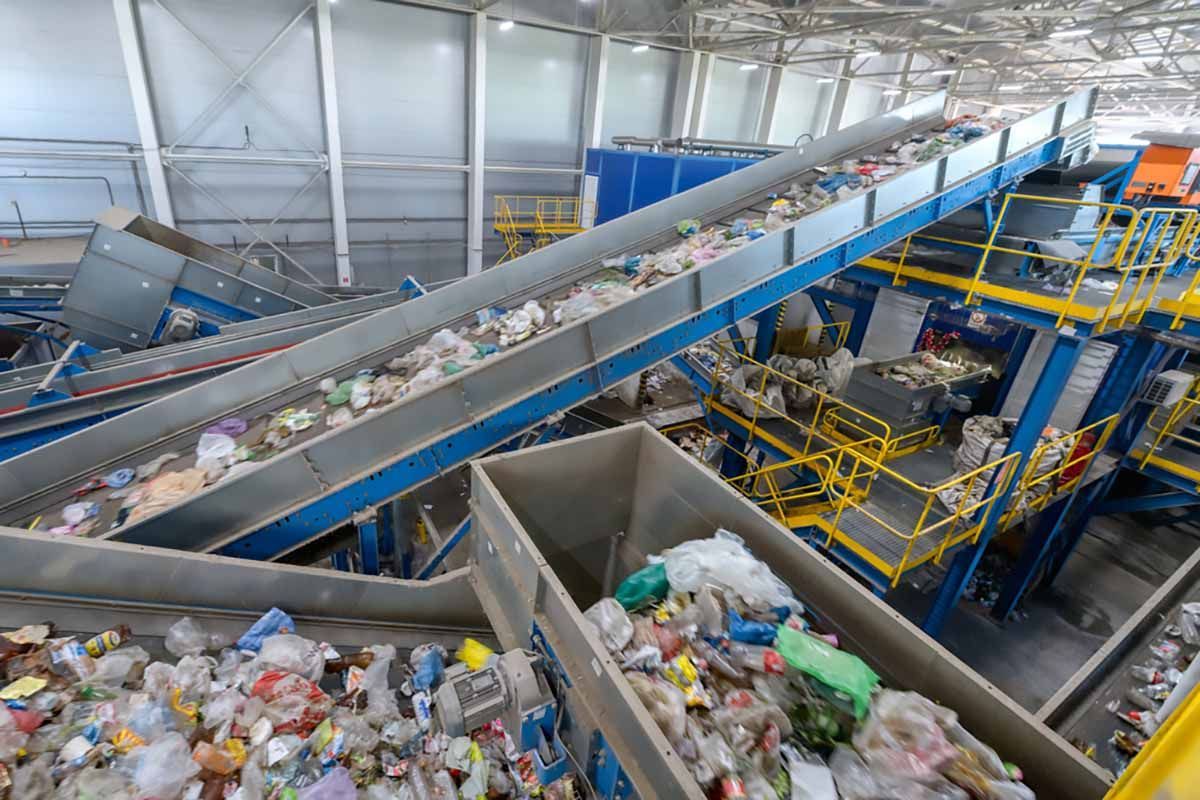Harvard University
We are pleased to welcome Harvard University as a new Supporting Advisory Members to the Northeast Recycling Council
As one of the premier centers of higher education in the world, Harvard University hardly needs an introduction to readers of NERC’s Advisory Member Spotlight series. But as a new NERC Advisory Member, Harvard is afforded the opportunity to share with our readers the many sustainability successes over the past several years.
A visit to the University’s current home page underscores its unrelenting focus on sustainability. Instead of the usual bromides on academic achievements and successes in the arts and sports, Harvard chooses to highlight the issue of sustainable transportation. “Harvard experts are exploring planes, trains, and automobiles in their quest to innovate green travel, improve public transportation, and discover the future of getting from place to place,” the University reports.
Readers seeking a deeper dive into Harvard’s sustainability efforts are encouraged to visit its Office for Sustainability. In May of this year, the University published its Sustainability Action Plan. According to coverage in the Harvard Gazette, “this strategic roadmap is built around three pillars of climate, equity, and health, and offers a unifying and holistic vision for creating a more sustainable institution, and in turn a more sustainable world.”
“The major objective of Harvard’s plan remains Goal Zero,” the article continues. “This science-based goal, set in 2018, involves eliminating the use of fossil fuels in Harvard’s district energy supply, buildings, purchased electricity, and vehicle fleet on campus by 2050.”
“Even as we aim to achieve our big picture 2050 Goal Zero, our continued path to fossil-fuel-free and sustainable development includes a focus on holistic sustainability that addresses climate and the environment, equity, and well-being,” said Bill Clark, Harvey Brooks Research Professor of International Science, Public Policy, and Human Development at Harvard Kennedy School, and co-chair of the Sustainability Plan Subcommittee. “Our core sustainability vision is to enhance inclusive well-being in a way that does not jeopardize the ability of others elsewhere or in the future to advance their own well-being.”
Recent solutions for a zero-waste community at Harvard include:
- In 2021, Harvard Kennedy School (HKS) partnered with Harvard Recycling and Waste Management to launch a plastic bag and film recycling program that has collected more than 2,000 pounds of plastic from the Harvard waste stream.
- The plastic bag pilot project has also been explored by Harvard Business School (HBS), Harvard University Information Technology, Harvard Art Museums, and Harvard University Mail Services.
In Where Does our Waste Go?, the University’s Recycling & Waste Services details the paths of all items in the community’s waste stream, from composting and single stream recycling to textiles and electronic waste.
NERC is honored to welcome Harvard University to its growing roster of Supporting Advisory Members. We look forward to engaging with the University in its on-campus sustainability, as well as the applicability of its solutions to the wider community.
For more information about Harvard University click
here
Share Post





